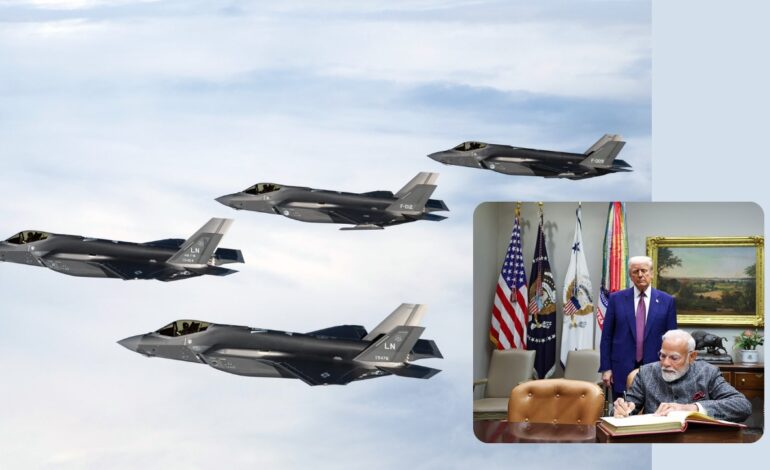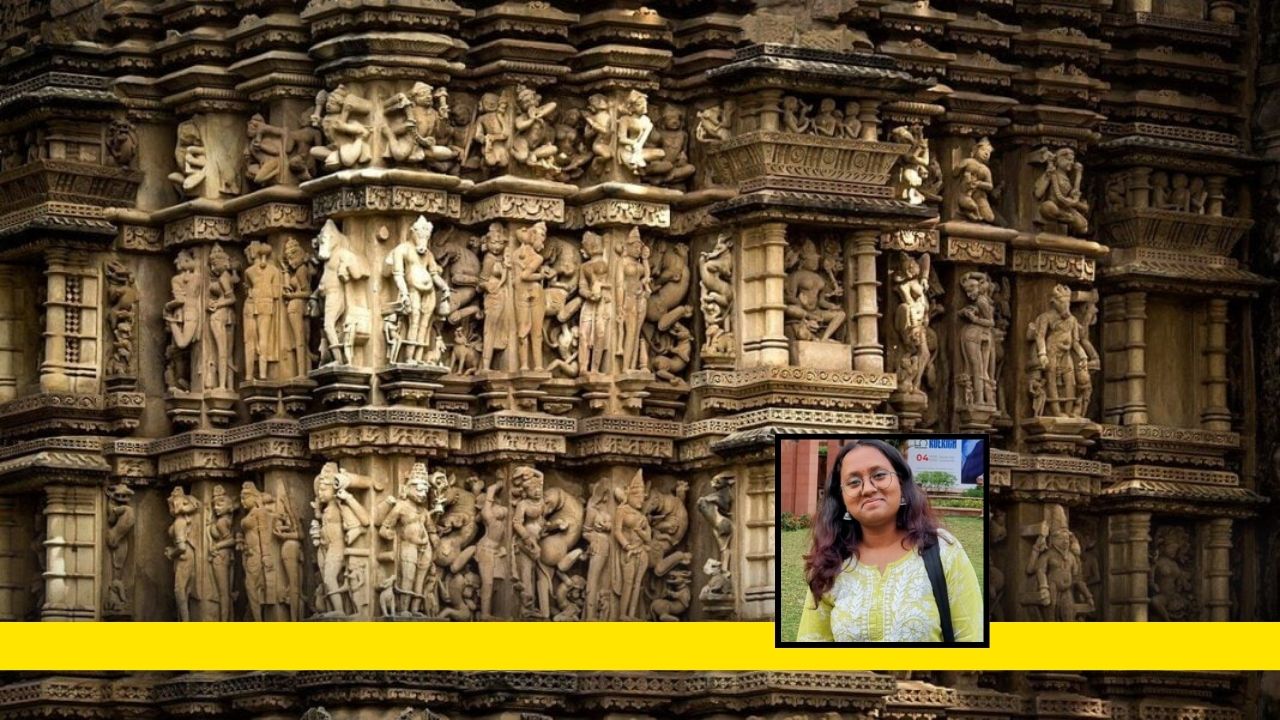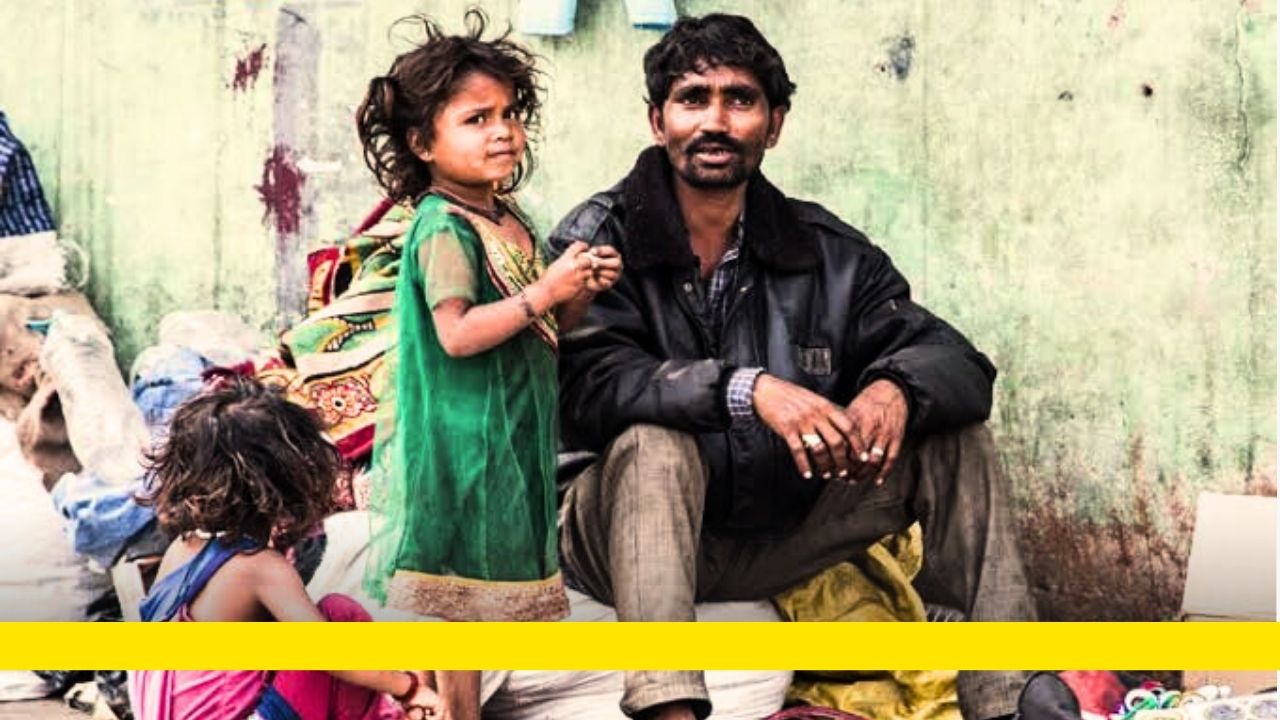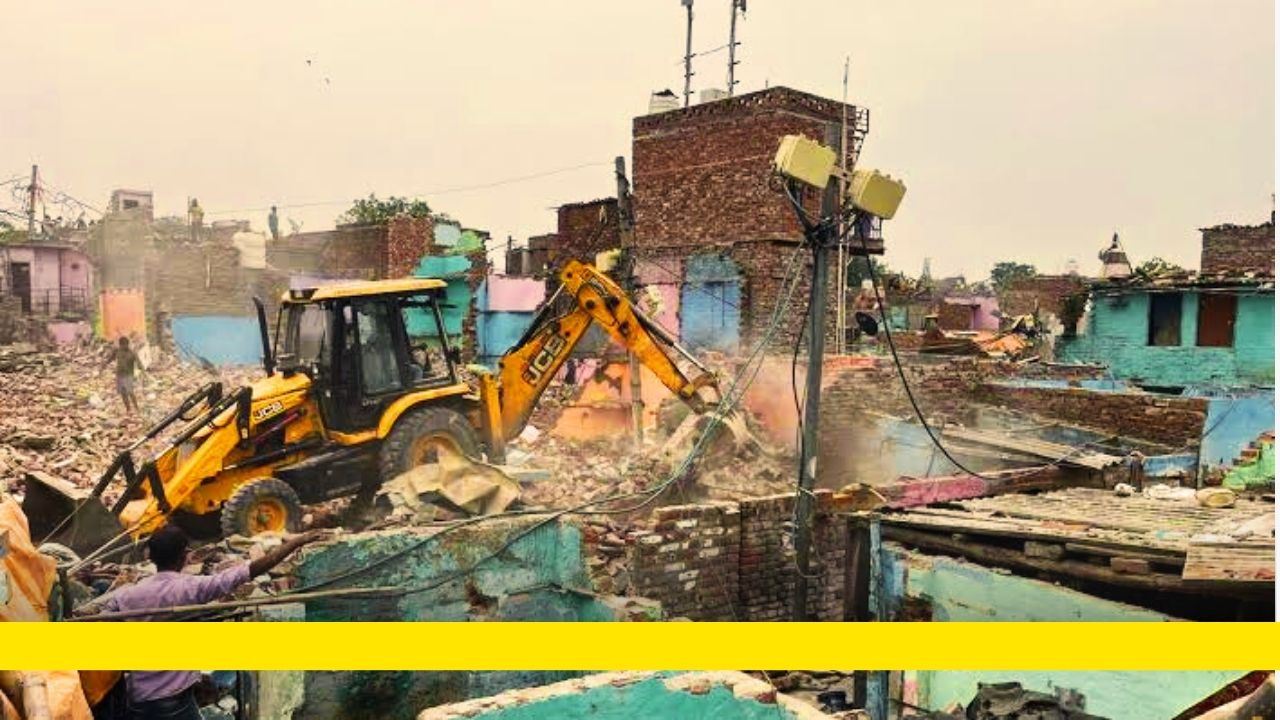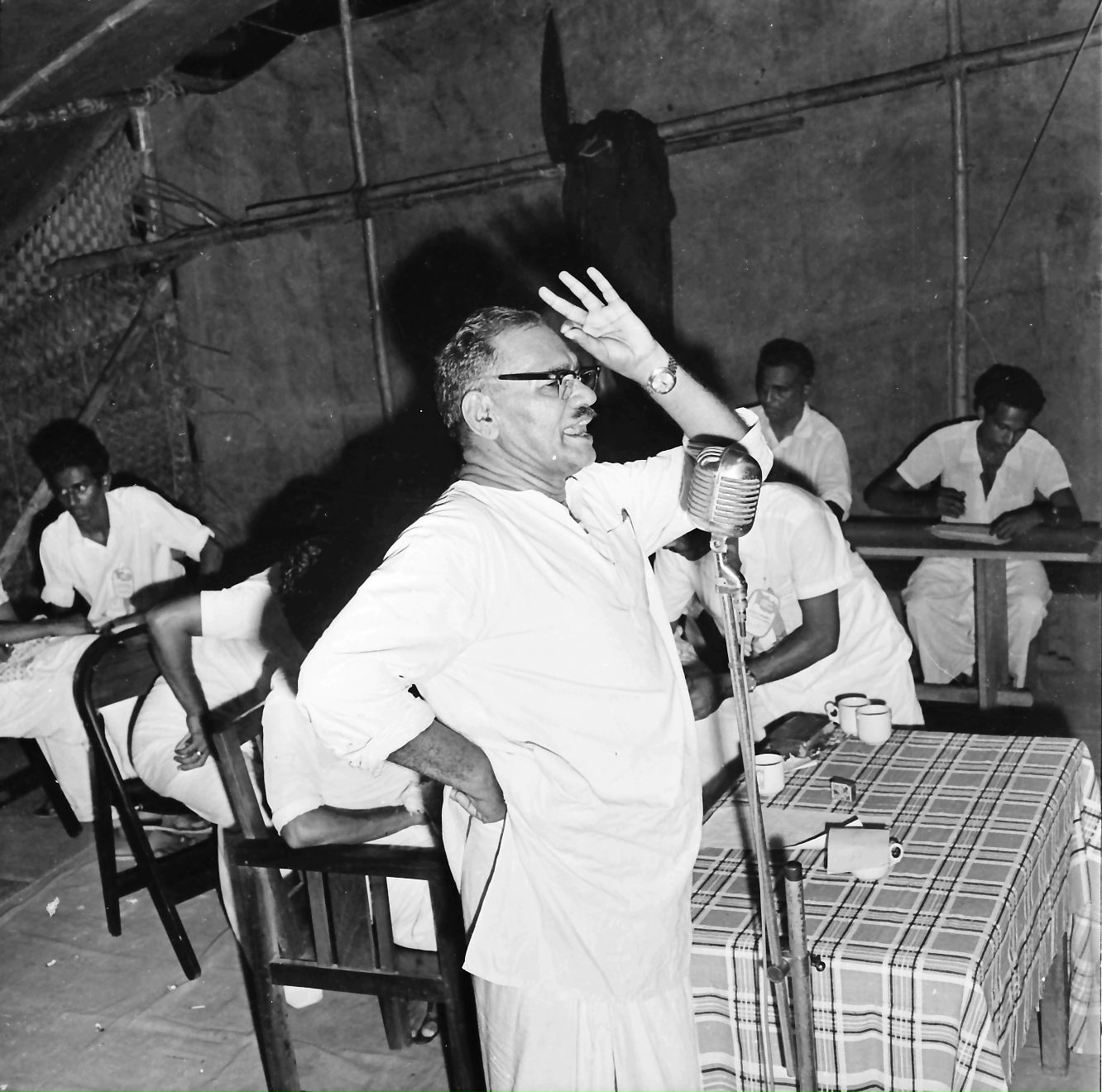The Growing Fear of Death in Crowded India
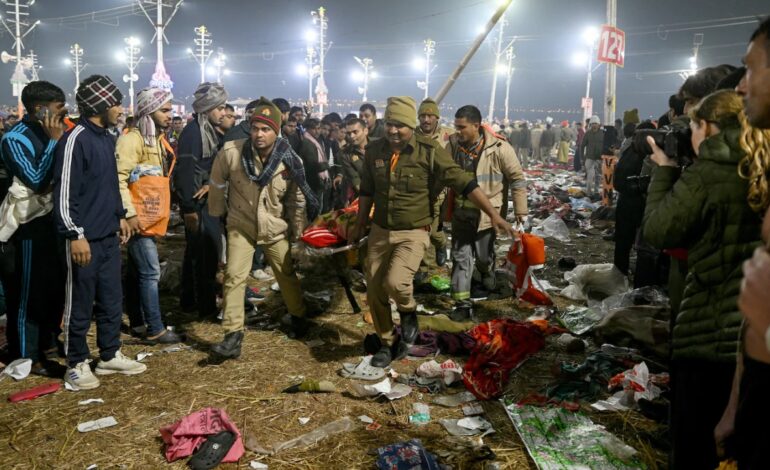
As many as 18 people died last week in a stampede at the New Delhi Railway Station in the capital of the country. The tragedy took place in the backdrop of a crowd-pulling competition that began in Prayagraj, Uttar Pradesh, to advertise the performance of the country’s “double engine” government in the context of the Maha Kumbh Mela.
According to the government claims, the “world’s largest” crowd- pulling event attracted over 500 million people, though there is no real evidence of such a claim. In six weeks of the fair, there was no reflection of any plan of road or rail transport required for 50 crore people to reach mela venue in Prayagraj. Commuters had to face severe traffic jams on a 300-km road to reach the venue.
Railway: Cheapest Mass Transport
It is well known that in India, rail transport is much cheaper than road transport. So, the railways are the natural choice of millions of lower- and middle-class people to visit the Kumbh Mela. While a 13-hour journey from Kolkata to Prayagraj in a normal sleeper class of an express train costs Rs 500, it takes 16 to 22 hours to travel the same route in a modest bus service with a fare between Rs 2,500-3,000. It is, therefore, clear that most devotees who intend to visit the Kumbh, prefer train travel to save costs.
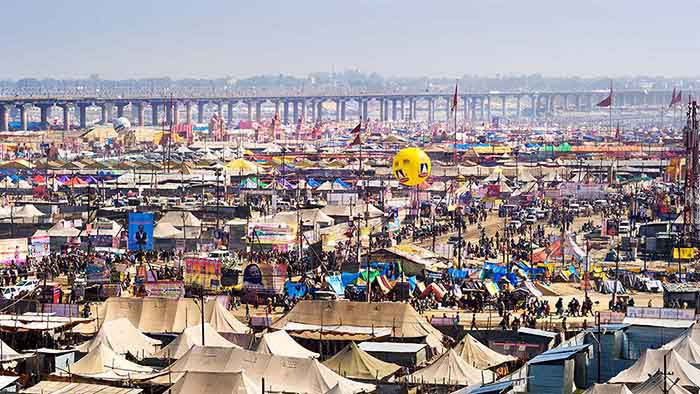
According to the Indian Railways, a total of 13,100 trains, including special trains, have been scheduled for 46 days of the Maha Kumbh Mela, which means an average of 285 train trips per day. Considering the “cattle class” crowd congestion in trains, 285 trains can hardly accommodate 5.7 lakh people per day and about 2.5 crore people in six weeks! So, the remaining 47.5 crore people reached Prayagraj by hired four-wheelers or bus? Needless to say, the socio-economic condition of the lower or middle class of this country negates such a claim.
Failure to Learn Lessons
No matter how many millions make a crowd in the Kumbh, it is the common people this time who have been victims of the lack of crowd management. As many as 30 pilgrims lost their lives on the day ‘of ‘Mauni Amavasya’ and 18 people died in a stampede at New Delhi Railway Station. Moreover, frequent fire hazards in mela ground were being reported.
Administrative preparations for the Maha Kumbh began two years ago, but six months before the fair, 130 people were killed in a stampede at a religious event in Hathras in Uttar Pradesh. But despite such eye-opening tragedies, the state administration failed to draw any lessons for better crowd management, which is evident in the series of disasters during the Maha Kumbh event.

This time round, the UP government announced AI-enabled security services in Kumbh, but unfortunately no effective action was visible for crowd control on the basis of hourly crowd density data available using CCTV of ‘drone’ cameras in different sectors. Even the stampede at the New Delhi Railway Station shows that the railway control room failed to understand the density of passengers on the platforms.
In the meantime, the UP administration has also denied the report of the Central Pollution Control Board showing the presence of coliform bacteria and beyond tolerable levels in the river water at the confluence or Sangam, where people take the holy dip. Therefore, the denial of administrative failure from all such incidents makes it more difficult to find a remedial action plan of such crowd-induced disaster in future.
Kumbh: Epicentre of Politics
The Kumbh Mela this time was qualitatively different from other traditional fairs, such as book fairs or the ratha yatra. The Uttar Pradesh Chief Minister wanted the Maha Kumbh Mela gathering as proof of his crowd-pulling power as the new “poster boy” of Hindutva, in a bid to shape his journey to the next political destination in New Delhi.
Notably, Uttar Pradesh has become the epicentre of religious politics across the country last year after the inauguration of the Ram temple at Ayodhya. As a result, the Yogi Adityanath government wanted to make the crowd of this year’s Maha Kumbh an all-time record to take the politics of Hindutva to a higher scale and raise the issue of Hindu Rashtra.

Before Independence, the revolutionary freedom fighters of the country used to meet at the Kumbh Mela to hoodwink the ruling British colonisers. But, now in that fair, leaders of extremist Hindu organisations have been meeting to prepare plans to throw out the ‘anti-Hindu Constitution’ of an independent country.
A ‘Hindu Rashtra Samvidhan Samiti’ was held to reportedly finalise the draft of the Constitution of the undivided Hindu Rashtra in this year’s Kumbh Mela. It openly declared to establish India as a Hindu Rashtra by 2033. In this backdrop, it is evident that the ‘double engine’ government led by saffron brigade has tried to use the largest religious fair to further their political interests.
Kumbh: Religious Tourism
While one of the objectives of the fair is political, the other is commercial. More crowds mean more revenue for the government. For the sake of argument, if 40 crore people come to the fair and spend an average of Rs 5,000, then the business volume is Rs 2 lakh crore, from which the government may earn at least Rs 40,000 crore where it has invested only Rs 7,500 crore on “event management”.
In this way, the politics of Hindutva is simultaneously being promoted as well as the huge business transactions are growing under the influence of religious tourism. In this context, Ayodhya, Banaras, Tirupati and Amritsar are becoming new destinations of religious tourism. However, when the trade capitalises on the religious emotions of the people, the issue of adequate safe infrastructure and services cannot be overlooked.
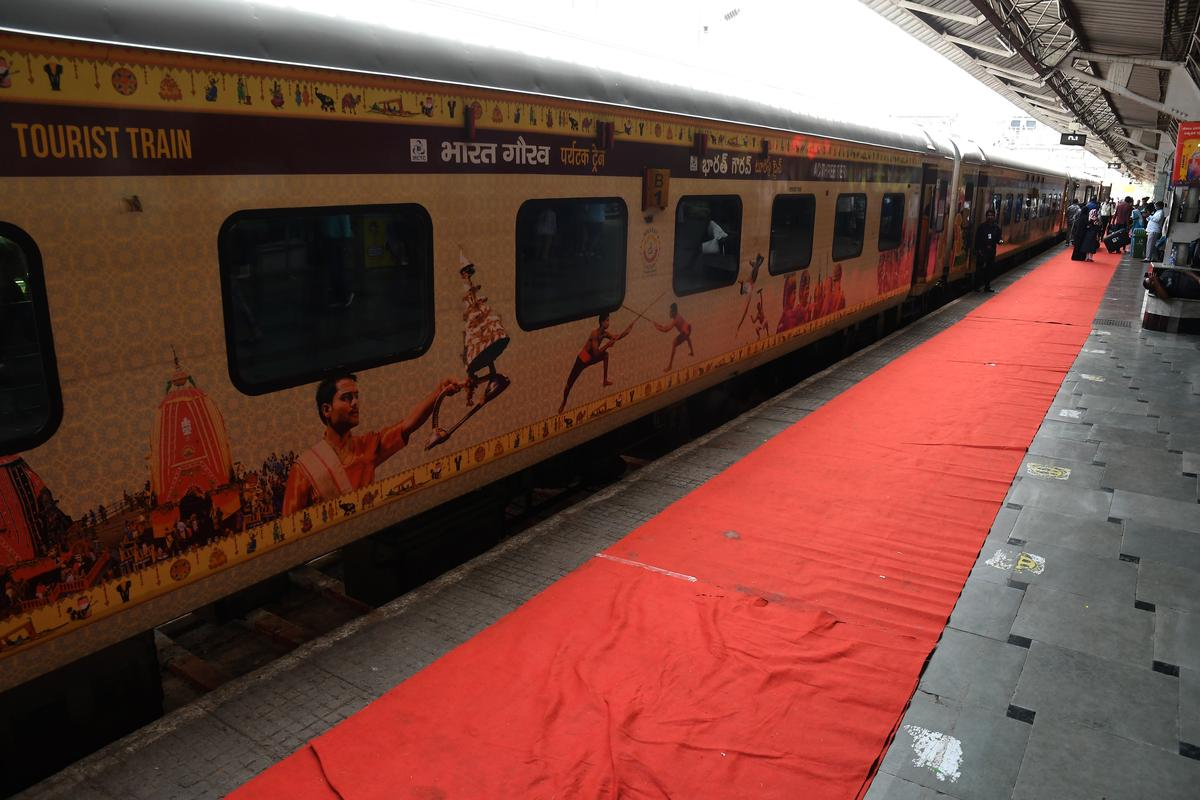
Railway Failure in Crowd Management
It should be remembered that in a country like India, with 140 crore people, the fear of crowding is high. As much as 79% of the deaths in stampedes occur around religious events. Therefore, it is the prime responsibility of the government of the country and the state to ensure safe infrastructure. The failure to do so is a responsibility that lies with the government and the administration. The safety and security of devotees with a valid ticket when travelling in a train or waiting on a platform should be the responsibility of the railway administration.
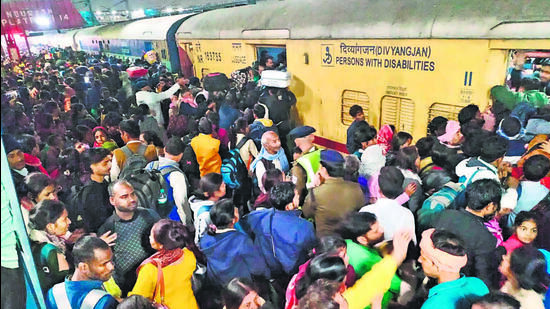
Despite the announcement of cosmetic reforms of platforms in the country’s railway budget, there is no proper infrastructure or plan to control the crowd in rail stations. In view of the disaster in Delhi, it is important to think of passenger control as per the capacity of the platform and the schedule of the train. There is need to increase the number of entry and exit points to the stations during peak hours. Otherwise, not only the rush of Kumbh-bound people at the New Delhi station but also the rush of office-goers in the mornings and evenings at crowded stations like Howrah, Sealdah or CST Mumbai can lead to disaster any day. Deaths in stampede at railway stations have already occurred at Prayagraj station after collapse of a foot overbridge in 2013, Mumbai Elphinstone station in the recent past and even in Santragachi in West Bengal. It is time the railway administration heeds the alarm bells of rising crowds and increasing threats of stampedes in rail stations.
This article was first published on NewsClick and can be read here.



